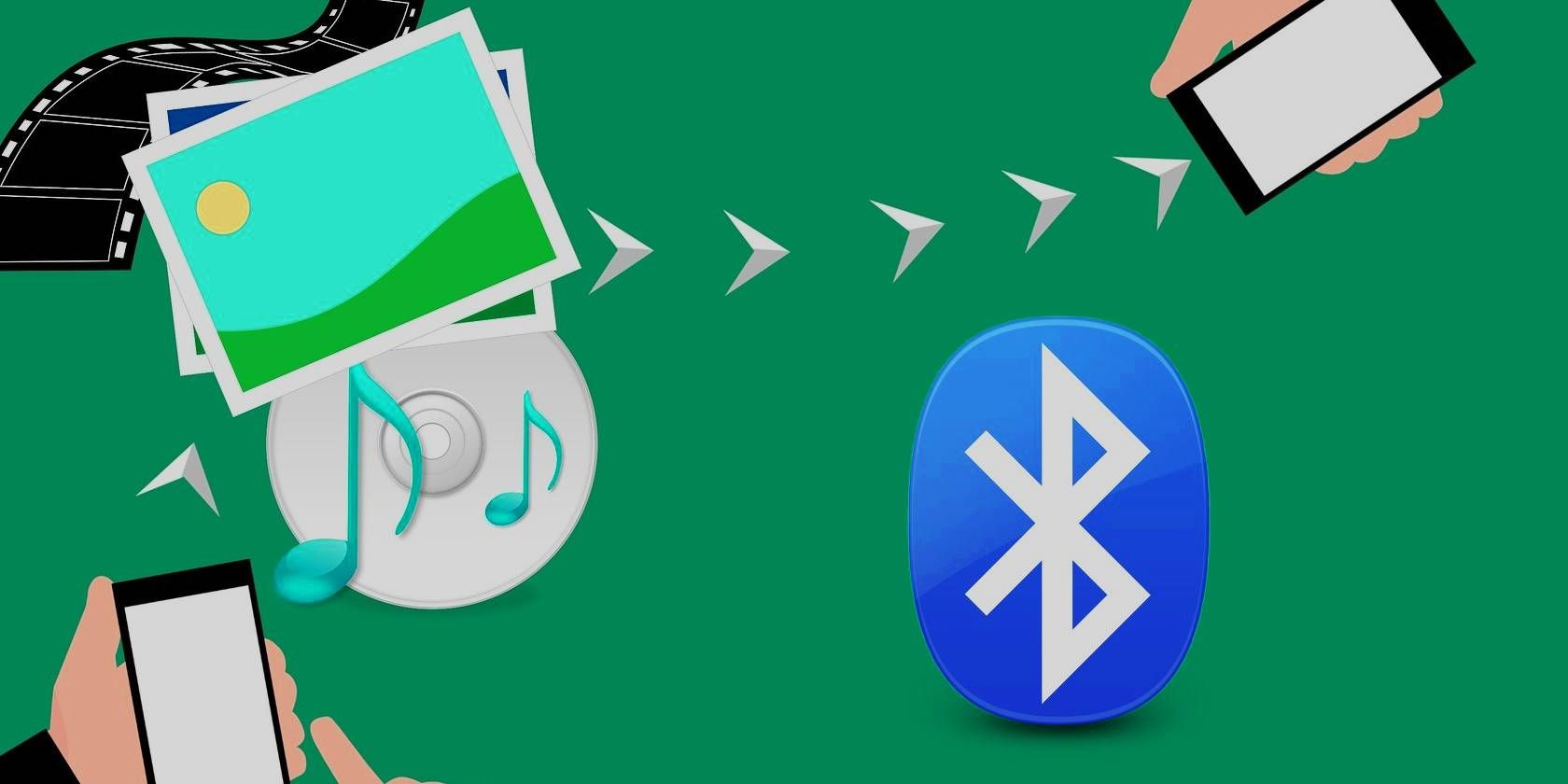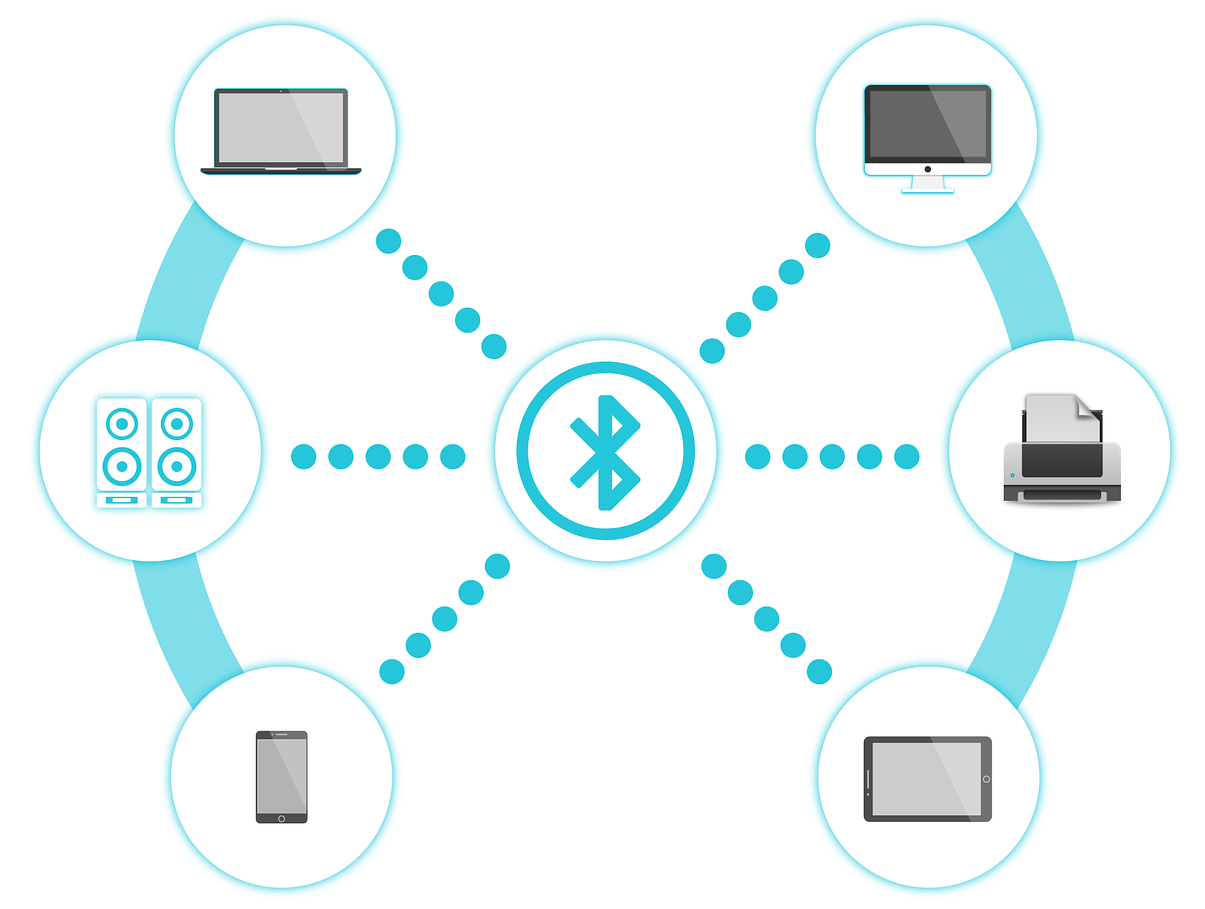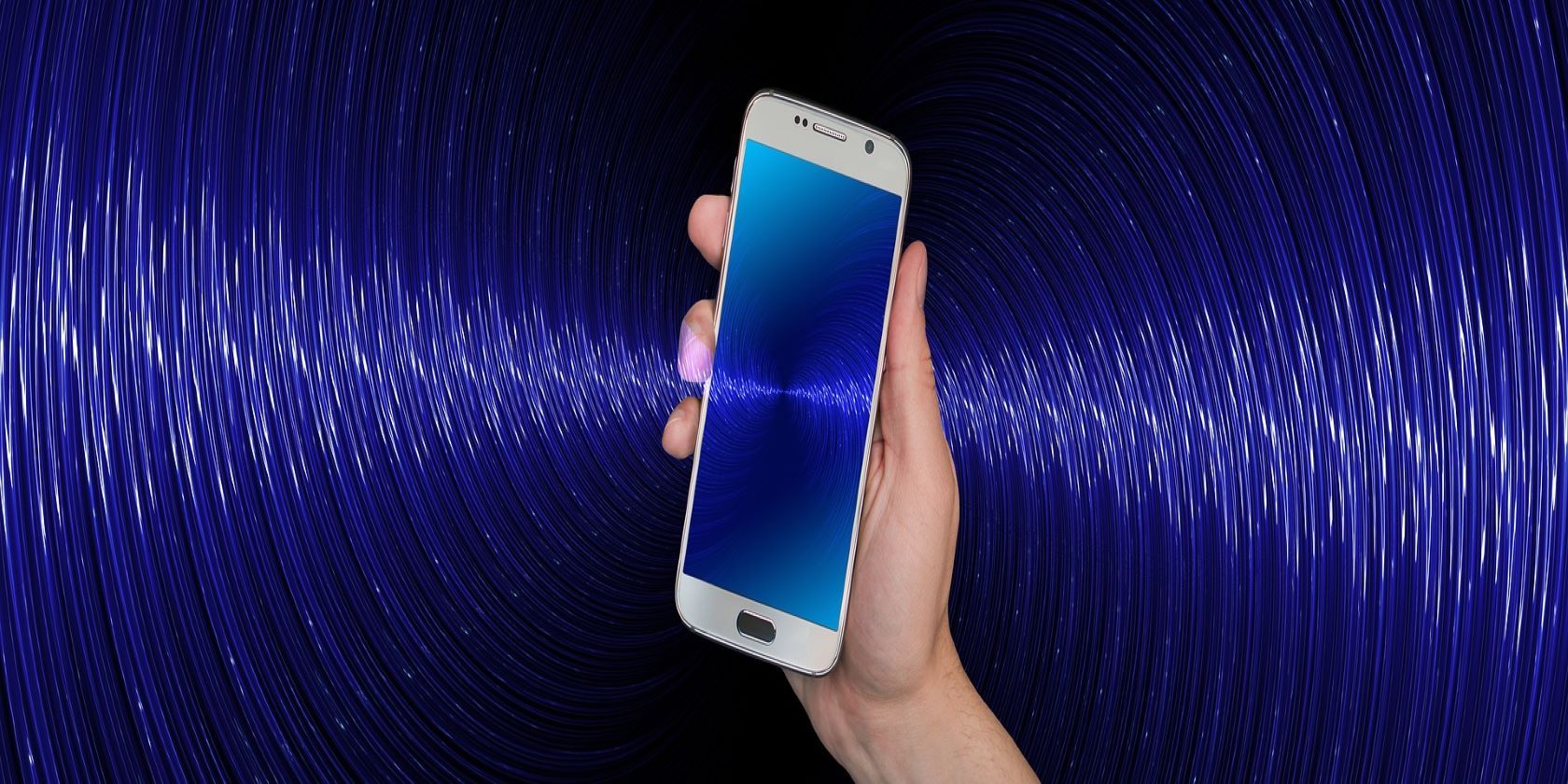Ever since Bluetooth was first officially released in 1999, it’s become an indispensable part of everyday life. Nowadays, you can find a version of Bluetooth in smartphones, smartwatches, wireless speakers, and portable gadgets.
But despite its popularity, many people still don’t know how Bluetooth works. So from signal frequency and background interference to codecs, range, and developments, here’s how Bluetooth actually works.
What Is Bluetooth?
Before getting into the nitty-gritty of how Bluetooth technology works and how new versions are stronger and better than the previous ones, it’s important to understand what Bluetooth is.
Bluetooth is a short-range, low-power radio transmission technology. It consists of non-ionizing electromagnetic waves in the radio range between 2.402 GHz and 2.48 GHz. Being at the lower end of the range allows Bluetooth to be low-energy compared to other radio transmission devices. That’s why it’s easy to implement into small-size gadgets and smartphones without worrying too much about battery life.
Bluetooth can travel around open spaces and through some barriers without a physical medium. How far a particular Bluetooth signal can travel depends primarily on its strength and whether there are barriers thick enough or made from materials that distort and degrade the signal beyond recognition.
How Does Bluetooth Work?
The Bluetooth signal that your phone sends to your headset is first preceded by software. Your data—pictures, audio, and so on—can’t be sent as it is through Bluetooth. It first goes through a compression algorithm called a codec that turns data into individual packets.
Codecs, like aptX, AAC, SBC, and LDAC, need to match between the transmitter and recipient devices. Different codecs are optimal for different data types, and they affect factors like power usage, transfer rate, data quality, and connection range.
There are 79 designated Bluetooth channels, and all connected devices need to be attuned to the same frequency channel with a bandwidth of 1 megahertz (MHz). In that sense, Bluetooth channels are similar to the Wi-Fi channels you'll find on your router.
When two Bluetooth-powered devices are in proximity, they can connect and communicate using small computer chips embedded within them. This is the hardware responsible for emitting and receiving the Bluetooth radio waves.
Signal Range and Bluetooth Classes
In general, the lower the frequency, the longer the range. But low-frequency signals carry significantly less data than their high-frequency counterparts. Bluetooth is power-dependant.
If you’re willing to dedicate enough energy, you can transmit a high-frequency, data-rich Bluetooth signal for a longer distance. In fact, finding the balance between power consumption, quality, and range is how a new version of Bluetooth emerges.
- Class 1 Bluetooth transmits at 100 milliwatts (mW) over 328 feet
- Class 2 Bluetooth transmits at 2.5 mW over 33 feet
- Class 3 Bluetooth transmits a signal at just 1mW with a range less than 30 feet.
For reference, most recent Bluetooth headphones, headsets, and phones are Class 2 Bluetooth, while some are Class 3. As for Class 1 Bluetooth, its long range capabilities requires a lot of energy that typically requires an external power source, not just a portable battery. You can find Class 1 Bluetooth devices in industrial implementations like IoT devices and applications in a factory or assembly line.
Background Interference
You might’ve noticed that walking down a high foot traffic street or taking a busy subway train results in static in your wireless headphones. This is because of the 79 designated Bluetooth channels aforementioned.
If you’re at school, the library, or at the office with you and everyone using Bluetooth devices with a range of around 33 feet, then 79 channels is usually enough. But when dozens of devices compete for a limited space, signals start interfering.
While you won’t be able to access someone else’s Bluetooth signal (even if you attune your device to the same channel, Bluetooth is encrypted), it’ll still collide with your signal and degrade it. Vulnerability is another reason why Bluetooth is only used for short-range communication. It’s easier to control an environment of 30 to 100 feet instead of long distances into the miles.
Other factors that interfere with Bluetooth signals include:
- Physical barriers: Metal, plaster, concrete, and even humidity have the most effect on Bluetooth quality, with materials like wood, glass, and plastic at the bottom of the list.
- Receiver sensitivity: Distance degrades the signal. If the receiver isn’t sensitive enough, it might not be able to receive and decode it properly.
- Transmission power: The weaker the base power of the signal, the weaker it’ll be over distance and through barriers.
Bluetooth Versions
The Bluetooth technology we use now isn’t the same one that was around in the early 2000s. While it still follows the same principles, newer Bluetooth versions can do more for less. Three things change with Bluetooth development: power consumption, range, and data transfer speed (which affects audio latency).
Bluetooth 1.0 was power-intensive but only had a 33 feet range and a max speed of 1Mbps. While Bluetooth 2.0 could transfer data at 3Mbps, it doesn’t compare to the leap in performance of Bluetooth 3.0 with 24Mbps. But using the 802.11 Protocol Adaption Layer takes a lot of energy out of Bluetooth 3.0 devices.
However, Bluetooth 1.0 to 3.0 are much harder to find in commercial devices nowadays. They’ve been replaced by Bluetooth 4.0 and Bluetooth 5.0. Both standards are functional as Bluetooth Low Energy, with a range of 800 feet and a speed that doesn’t dip below 2Mbps.
Why You Need to Learn How Bluetooth Works
Bluetooth is on par with Wi-Fi, GPS, and cell tower technologies. It’s used in almost every modern device, and you need a basic level of understating to work with it.
Knowing the difference between Bluetooth versions and the various transmission codecs allows you to pick devices that carry the specifications you need. For instance, there’s no need for a power-intensive, long-range Bluetooth in a wireless keyboard, but those features are much more important with wireless headphones you’re going to be moving around with.




